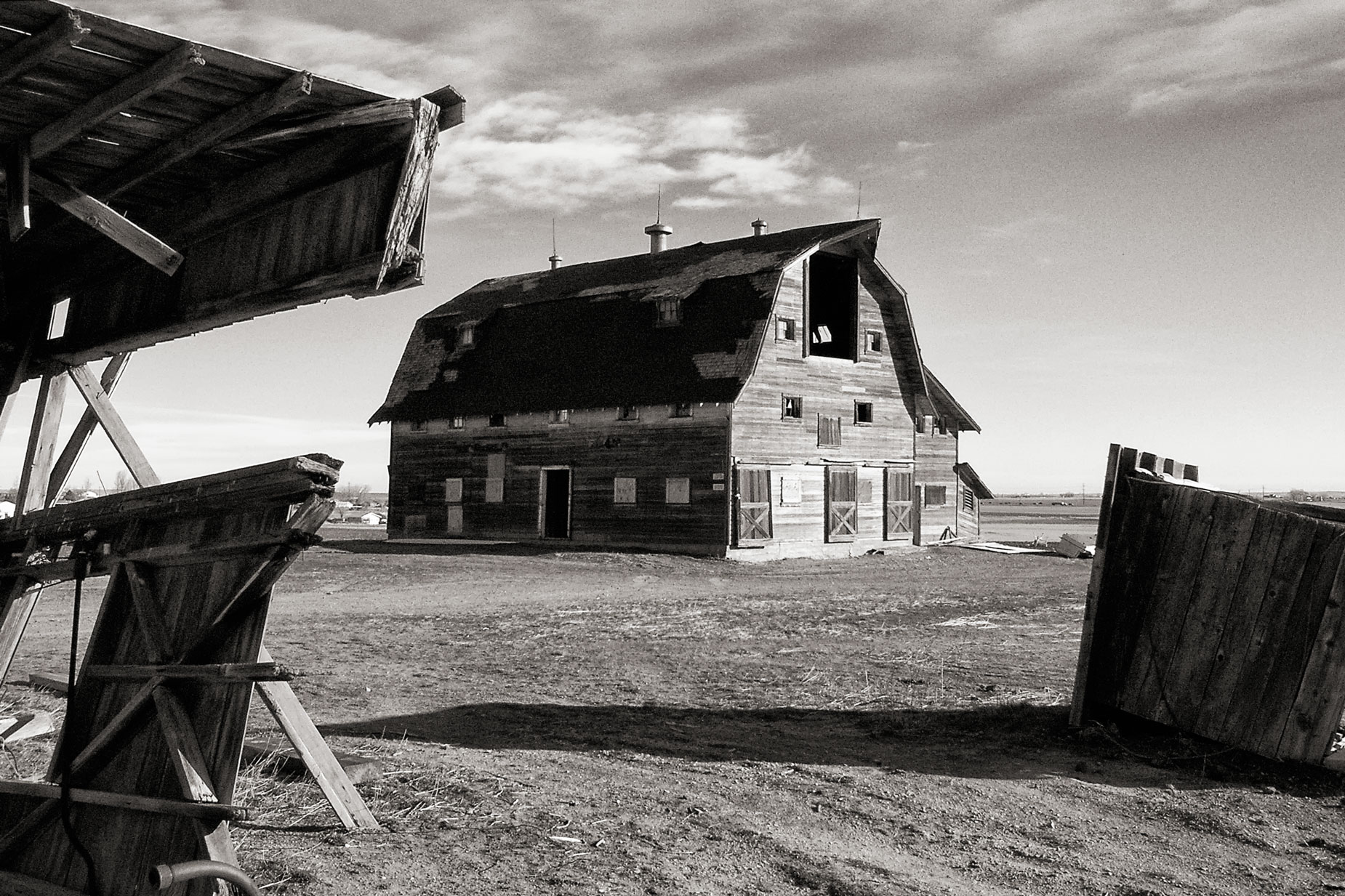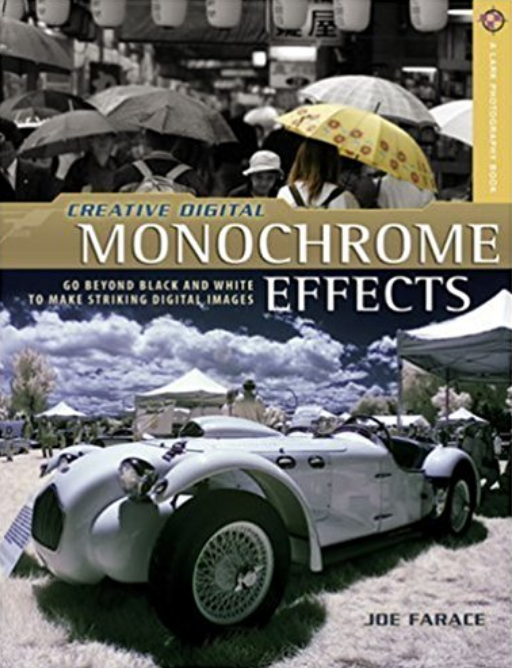In my Tuesday Thoughts post Photographing Places You Love, I wrote that one of my old self assignments was making images of barns, the older the better. In today’s post, I’m talking you behind the scenes on one such shoot and the somewhat unusual, for these times, camera that I used to make the featured image.
Today’s Post by Joe Farace
Look and think before opening the shutter. The heart and mind are the true lens of the camera.—Yousuf Karsh
This post could really be called Choosing the Right Focal Length because when it comes down to it, that’s one of the most important aspects when considering “the right lens.” Aperture being the next most important consideration.
A reader once asked me about what focal length lens I would recommend for landscape photography and I suggested he look at wide angle-to-normal focal length zooms but his question got me thinking about lenses for travel photography as well. To me that also means working with wide angle focal lengths so lets take a look at some options.
Looking at Some Options
Technical advance in lens design enabled the design and production of well-corrected lenses with ever increasing angles-of-view. The success of the well designed and extreme wide-angle lens changed the way we photographed, looked at and captured the world around us. The result was that images that were made with a 35mm lens no longer exhibited enough wide-angle characteristics and looked “too normal.”
Snapshots, photojournalism, landscape photographs that look natural, group shots, contextual portraits where the surroundings are included in the image, still lifes (lives?) of larger subjects or architectural details at eye level remain the domain of the 35mm focal length—I think so anyway.

How I Made this Photograph: While it’s been a while since I was actively involved in my self-assignment about photographing barns in rural Colorado, it’s still in the back of my mind when traveling around the state. That’s how I found this particular barn when I was on my way to photographs junk cars in the auto recycling center in Erie, Colorado. The photograph was made with an eight-megapixel Samsung Pro815 camera with a 28-420mm equivalent Schneider-KREUZNACH zoom lens back when Samsung used to make cameras. The lens was set at 28mm (see text) and the Program Mode exposure was 1/500 sec at f/8 and ISO 200. It was originally captured in direct monochrome mode using the camera’s built-in sepia filter. I used the High Structure (Harsh) preset in Silver Efex to convert it to monochrome and then tossed in a 50% layer of Platinum toning from PhotoKit to get the result you see.
Since the 35mm lens seems to have lost its appeal as a wide-angle lens and has earned more of a reputation as a standard lens, I’m guessing that most people now think of a 28mm lens as their first wide-angle lens. With an angle-of-view of 63 degrees, a 35mm lens lets you to capture significantly more of the subject than a 50mm normal lens while maintaining a normal perspective. A 28mm lens, by comparison, has a 75.4 degree angle-of-view. The depth-of-field of both focal length lenses is also greater than the nifty fifty and should minimize the effect of camera shake, although the latter may or may not be an issue as more and more DSLRs and mirrorless cameras offer IBIS.
OK, this post started out as a love song for the 35mm focal length so it tells me that maybe it’s a subject I need to explore more in the future, especially considering that the lens used to make this image, while it includes a 35mm focal length, was shot at 28mm! More to come.
My book Creative Digital Monochrome Effects is available from Amazon with new copies at $16.16 with used copies starting at a little more than six bucks, as I write this. There’s no Kindle version available, sorry.
